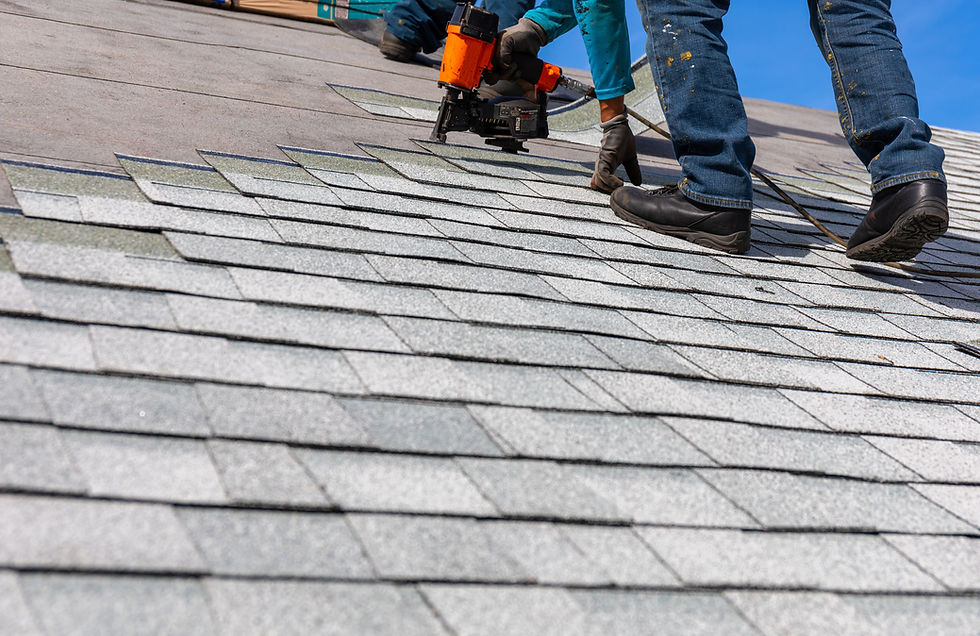Essential Spring Plumbing Tips for Your Home
- Tod Reynolds

- Mar 31
- 3 min read
Updated: Jul 25
Inspect Your Gutters
Gutters are your home’s first line of defense against water damage. Clogged or damaged gutters can lead to overflow, causing roof leaks and foundation problems. During spring, take the time to ensure your gutters are free of debris, including leaves, twigs, and dirt.
If you find rust, cracks, or separations at joints, consider repairing or replacing sections. Installing gutter guards can minimize future debris buildup, making maintenance easier. According to the National Association of Home Builders, effective gutters can reduce roof repair costs by up to 40% over time.

Check for Leaks
Spring is the perfect season for a thorough plumbing inspection. Look for any signs of water leaks throughout your home, such as damp spots on walls or ceilings and stains around sinks and toilets. Pay special attention to plumbing fixtures in basements and crawl spaces, where leaks can often go unnoticed.
A simple way to check for leaks is to turn off all faucets and monitor the water meter. If the reading changes over an hour, you likely have a leak somewhere in your system. Early leak detection can save homeowners an average of $500 each year in water bills and prevent extensive damage.
Inspect Outdoor Hoses and Faucets
Don’t overlook your outdoor plumbing. Check your hoses, faucets, and irrigation systems for wear or leaks. Ensure that outdoor faucets are properly shut off to prevent freezing during unexpected cold snaps, which can lead to cracks and costly repairs.
When reconnecting hoses, inspect them for kinks or cracks. A damaged hose can waste up to 10 gallons of water per day. Therefore, replace any worn hoses to maintain efficient water flow and reduce unnecessary leakage.
Evaluate Your Water Heater
Your water heater is often forgotten until it fails. Spring is an ideal time to assess its condition. Look for signs of corrosion on the unit and check for leaks around the base. You might also want to drain the tank to remove sediment buildup, which can reduce efficiency by up to 25%.
Set the thermostat to around 120°F (49°C) to avoid scalding and save energy costs. Regular maintenance can extend a water heater’s lifespan, which averages about 10 to 15 years.
Be Mindful of Tree Roots
Trees enhance your landscape, but their roots can pose risks to your plumbing. As the ground thaws in spring, check your yard for roots encroaching upon plumbing lines. A study by the Journal of Environmental Quality found that roots from trees and shrubs are responsible for 80% of sewer line blockages.
If you suspect tree roots may be an issue, consider contacting a professional. They can assess the situation and suggest solutions to mitigate potential damage to your plumbing system.
Additional Plumbing Maintenance Tips
In addition to the tips above, here are more ways to keep your plumbing in top condition this spring:
Test Your Sump Pump
If you have a sump pump, testing it during spring is crucial. This device protects your basement from flooding. Pour water into the sump pit to see if the pump activates properly. If it doesn't, you may need to replace it before heavy rains hit.
Check Toilet Efficiency
Toilets are often a significant source of water waste if not functioning correctly. Check for leaks by adding food coloring to the tank. If the color appears in the bowl within 30 minutes, you have a leak that needs fixing.
Clean Showerheads and Faucets
Minerals can build up over time, limiting water flow. Remove showerheads and soak them in vinegar to dissolve deposits. This simple procedure can improve water pressure and ensure a pleasant shower experience.
Know Your Main Water Valve
Make sure you know where your main water valve is located. In an emergency, you may need to shut off your water quickly. Familiarize yourself with its operation in advance.
Safeguard Your Home from Water Damage
Spring is a time for renewal and an excellent opportunity for homeowners to take proactive steps against water damage caused by plumbing issues. By following these essential spring plumbing tips, you can protect your home from unwanted leaks, floods, and expensive repairs.
Take the time to check your plumbing systems now; by summer, you'll enjoy peace of mind knowing your home is safeguarded against unexpected water damage.

By diligently maintaining your plumbing, you can prevent costly repairs and ensure your home remains a safe and comfortable haven for you and your family.



